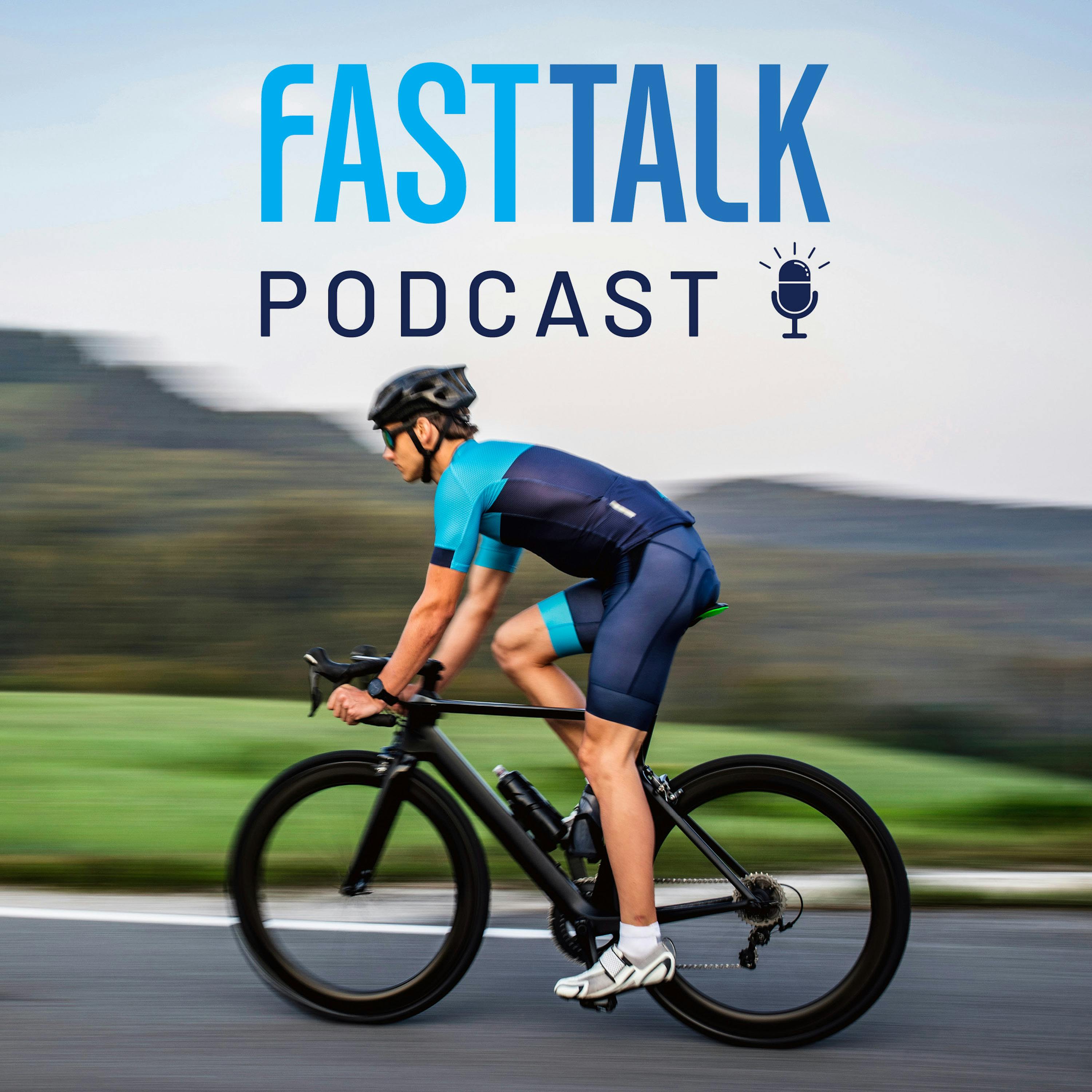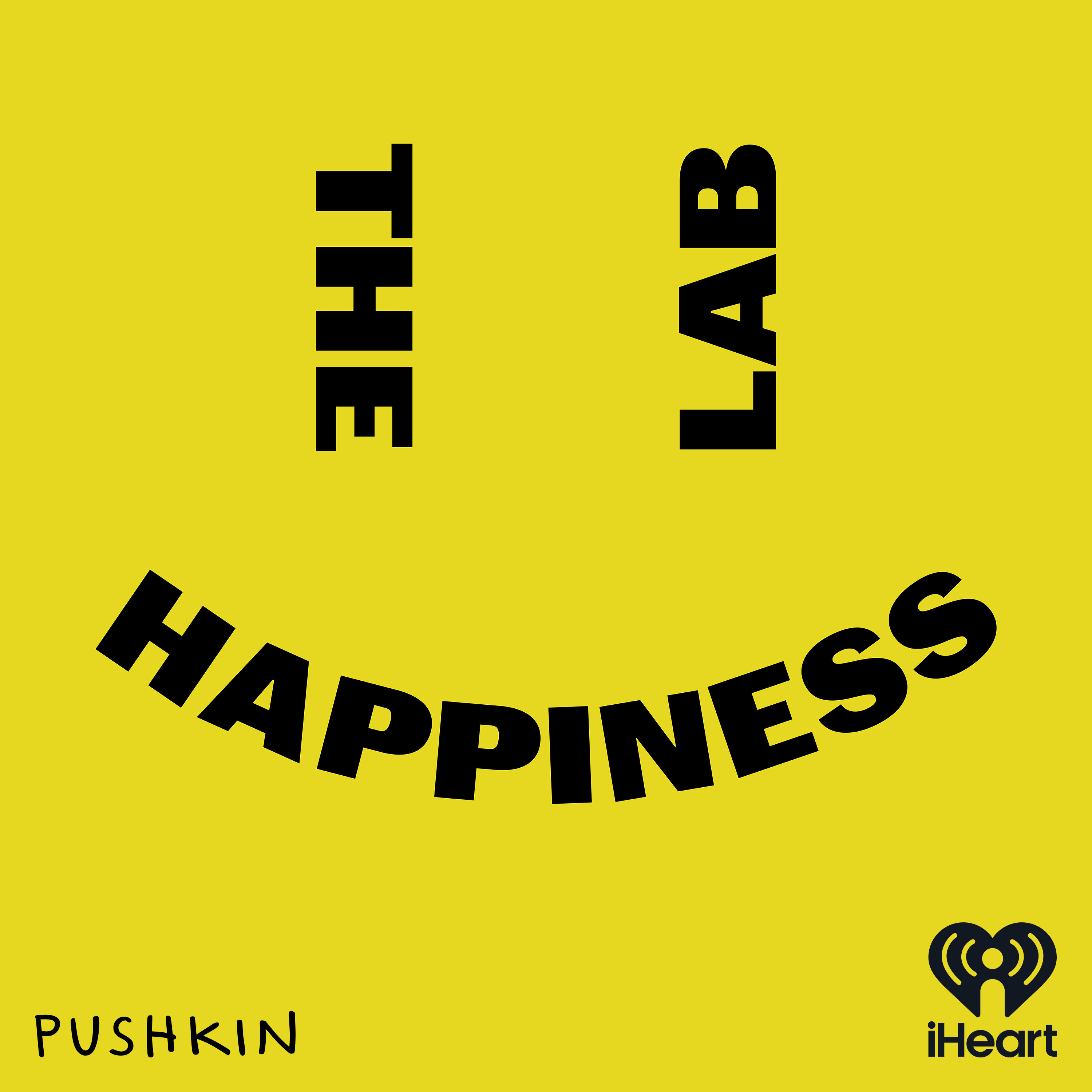
The Full Circle Podcast
The Full Circle Podcast offers listeners insights into topics and ideas pertaining to endurance sports training and racing. Hosted by Coach Laura Henry, this podcast releases episodes weekly and discusses training best practices, effective workouts, compelling research, coaching methodologies, physiology and recovery, and the best tools to help guide you unlock your potential and achieve your best performance.
The Full Circle Podcast is part of Full Circle Endurance, which is an endurance sports coaching company that serves athletes in many endurance sports, including triathlon, running, cycling, and open water swimming.
To learn more about how Full Circle Endurance can help you reach your goals, please visit us at: https://FullCircleEndurance.com/
The Full Circle Podcast
Struggling with Finding Motivation to Do Workouts? Here’s What to Do.
While a lack of motivation can strike any time of year, it seems to hit endurance athletes hardest during the Winter months. If you are struggling to find the motivation to do workouts, don’t despair or beat yourself up about it. Instead, take an alternative approach to help you reignite your workout mojo and to find a way back to consistency.
Read this Article:
Ready to start training? Check out our Coaching and Training Plan options:
Learn more about Full Circle Endurance: https://FullCircleEndurance.com/
Submit questions to be answered on the show: https://FullCircleEndurance.com/podcast/
Reach out to Coach Laura Henry: Hello@FullCircleEndurance.com
Disclaimer: The information shared in this podcast is for educational and informational purposes only and is not a substitute for professional medical advice, diagnosis, or treatment. Always seek the advice of your qualified healthcare provider with any questions you may have regarding a medical condition or health goals. Never disregard professional medical advice or delay in seeking it because of something you heard on this podcast. Reliance on any information provided is solely at your own risk.
(0:04 - 0:19)
Hello, and welcome to the Full Circle Podcast, your source for insights into the science and art of endurance sports training and racing. I'm your host, Coach Laura Henry. Today is Coach Tip Tuesday.
(0:20 - 0:56)
January and February can be rough months for endurance athletes, though I'd make the case that January does seem to be the worst of the two. Winter has fully settled in by the time that January rolls in, and unlike the wintry months that preceded it—November and December—January doesn't boast the warm, coziness, and comfort of the holidays where good food, gatherings with loved ones, and merriment make the time pass enjoyably and quickly. January is also a full 31 days long, while February only requires us to manage 28 days of winter—well, 75% of the time, anyway.
(0:57 - 1:28)
February also brings the promise of spring on the other side of it, while January is just, well, sandwiched right smack dab in the middle of most people's least favorite season of the year, and therefore is a month that can feel like a grind. While winter is a beautiful season to some, including me, I love it, the truth of the matter is that it is a season that many, many people trudge, slog, and just get through. Daylight is limited, sunshine is less abundant, temperatures are lower, there isn't as much going on, and getting around is tougher.
(1:29 - 1:47)
As a result, many people retreat inwards and do not engage in the same behaviors or activities that they do when the sun is shining and the temperatures are warm. For some people, these inward retreats are intentional. For others, these retreats can be better described as something that happens to them at this time of the year.
(1:47 - 2:11)
Either manifestation represents seasonality, behaviors and habits that change in alignment with specific, different time periods during the year. In her beautiful book, Wintering, The Power of Rest and Retreat in Difficult Times, Catherine May strongly advocates for leaning into these periods and to have them be replenishing for both the body and the mind. She also encourages us to observe how the other creatures who we share the planet with handle winter.
(2:12 - 2:20)
Plants and animals don't fight the winter. They don't pretend it's not happening and attempt to carry on living the same lives that they lived in summer. They prepare.
(2:21 - 2:30)
They adapt. They perform extraordinary acts of metamorphosis to get them through. Winter is not the death of the life cycle, but it's crucible.
(2:31 - 2:58)
This is wonderful advice, and it is true that we can prepare for impending winters instead of fighting them. But what happens when we're already in the midst of winter and when we find ourselves lacking motivation, ambition, or energy to do any of the activities or behaviors that once brought us joy? What do we do then? Over the years, I've encountered this feeling and situation. It can feel pointless, if not downright impossible, to get going for a workout at this time of the year.
(2:59 - 3:22)
As a coach, I have definitely watched many, many athletes face the same thing. While the fresh start effect of a new year can absolutely be motivating for some athletes who I coach and can catalyze them into renewed energy to engage with workouts and their training, I find that there's at least an equal number of athletes who don't react this way. Instead, they disengage and don't complete many workouts at all.
(3:23 - 3:36)
These athletes are not alone. 58% of all people, athletes and non-athletes, become less active during the winter season. Unfortunately, this decrease in engagement with training is detrimental when it comes to successfully achieving endurance sports goals.
(3:37 - 4:13)
Maintaining consistency with workouts and training through the winter and off-season is a vital part of setting any athlete up for the highest probability of successfully reaching endurance sports goals. But as the character Morpheus says in The Matrix, There's a difference between knowing the path and walking. You can intellectually understand all day long that doing workouts is important, that doing them now will help you to get to where you want to go later, and that movement and or exercise is the most impactful and significant behavioral intervention that someone can do to help both their mental and physical health.
(4:13 - 4:28)
But just because you intellectually understand this does not mean that you will automatically be primed, ready, and willing to do something actionable about it. As cliche as it sounds, success is only ever the tip of an iceberg. It does not happen overnight.
(4:28 - 4:46)
It is not the result of a single big breakthrough. Instead, success is the summation of hundreds if not thousands of small choices, deeds, actions, and behaviors over time. And thus, it starts with the small, perhaps seemingly insignificant, intentional choices you make every single day of your life.
(4:46 - 5:09)
So when you find yourself lost in a fog of wintry blues, don't take on the all-too-common athlete mentality of all or nothing when it comes to doing something. Something is better than nothing. Take inspiration from the other creatures and plants on the planet that perform acts of metamorphosis, aka changes or transformations, to get through the winter and seek to start your own metamorphosis.
(5:10 - 5:48)
Instead of seeing workouts and training as all or nothing, seek to transform your mindset into start instead with small ideas and behaviors. Does the idea of a workout seem entirely too much? Choose something else that can help build toward getting back to workouts and to the longer-term goals that you've set for yourself, such as stretching or doing light yoga for 5-10 minutes a day, preparing a meal with leftovers that you can have throughout the week, or aiming to consume a sufficient amount of hydration in a day. Does the idea of workouts seem unexciting to you? Perhaps consider trying something new and completely different from your endurance sport of choice, such as snowshoeing, indoor rock climbing, a group fitness class at the gym, strength training, or Pilates.
(5:49 - 6:17)
As far as actual endurance sports workouts go, one of my favorite suggestions for athletes who are struggling with finding the motivation to do workouts for their primary sport is to just get started for as little as 5-10 minutes. Hop on your bike, go for a run, swim a few laps, just for 5-10 minutes. And when you tell yourself that you're going to do, insert workout type here, for 5-10 minutes, also give yourself permission to stop after 5-10 minutes.
(6:17 - 6:30)
If you tell yourself that you only need to do 5-10 minutes, that can often make a workout feel less intimidating. 5-10 minutes sounds a lot better than 30 or 60. If you actually stop after 5-10 minutes, great.
(6:30 - 6:39)
That's 5-10 minutes more than you probably would have done otherwise. But something sneaky happens when we take that initiative to get moving. It's easier to keep moving.
(6:40 - 6:53)
An object in motion stays in motion. Probably unbeknownst to him, Isaac Newton wasn't only talking about physical actions when he developed his first law of motion. It's mentally easier for us to stay in motion once we get moving as well.
(6:53 - 7:17)
That initial hurdle is often the biggest, and perhaps only hurdle that is holding us back. So if we effectively trick ourselves into getting moving for 5-10 minutes, we often find that it's easier to stay moving for a bit longer, maybe even for the full length of the planned workout. It's the seemingly small decisions, habits, and behaviors like these that set the stage to come through a season of retreat and to reestablish consistency.
(7:17 - 7:30)
All too often, we mistakenly think that consistency means doing all of the things every day, all of the time. But that's not what consistency is. Consistency is showing up, some days more than others, a majority of the time.
(7:31 - 7:41)
And consistency doesn't have a set volume or quantity. Consistency can look like stretching for 10 minutes a day, 3 days a week. Or it can look like doing hour-long workouts 6 days a week.
(7:42 - 8:02)
Neither is better or worse than the other. Both embody the spirit of what is necessary to build positive and constructive habits and to see gains over time. In other words, showing up, doing the work, even if, and perhaps especially if, it feels slightly repetitious and boring is the foundation from which all successful goal achievement and mastery starts.
(8:02 - 8:19)
Winter may be a season where you struggle to do workouts and to make noticeable forward progress towards your goals. If you find yourself here, know that you are not alone. Also know that the hardest day to do a workout is the day after you don't do a workout or the day after a longer period of time when you haven't done workouts.
(8:19 - 8:40)
Understand that it's going to feel challenging and hard to get started. And even if it feels like it's too hard or too much to take even that first step, seek out something to do that feels more approachable, even if it doesn't resemble your endurance sports workouts. Start small and let those little wins help you build to bigger, more specific wins over time.
(8:51 - 9:06)
Like what you listen to, please be sure to leave us a rating and review as this goes a long way in helping us reach others. The thoughts and opinions expressed on the Full Circle Podcast are those of the individual. As always, we'd love to hear from you and we value your feedback.
(9:07 - 9:26)
Please send us an email at podcast at fullcircleendurance.com or visit us at fullcircleendurance.com backslash podcast. To find training plans, see what other coaching services we offer or to join our community, please visit fullcircleendurance.com. I'm Coach Laura Henry. Thanks for listening.
Podcasts we love
Check out these other fine podcasts recommended by us, not an algorithm.

Fast Talk
Fast Talk Labs
excellence, actually
Steve Magness, Brad Stulberg, & Clay Skipper
Deep Questions with Cal Newport
Cal Newport
